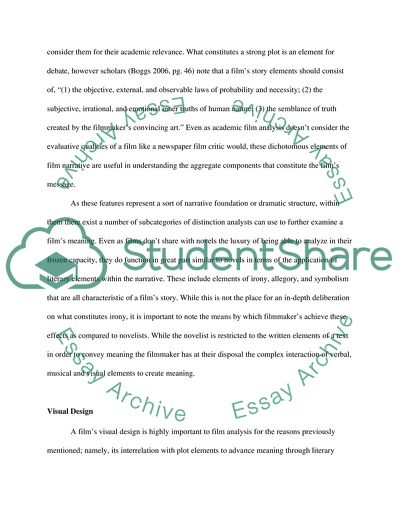Cite this document
(The Art of Watching Film Coursework Example | Topics and Well Written Essays - 2000 words, n.d.)
The Art of Watching Film Coursework Example | Topics and Well Written Essays - 2000 words. Retrieved from https://studentshare.org/visual-arts-film-studies/1740682-reflective-paper-understanding-and-application-of-film
The Art of Watching Film Coursework Example | Topics and Well Written Essays - 2000 words. Retrieved from https://studentshare.org/visual-arts-film-studies/1740682-reflective-paper-understanding-and-application-of-film
(The Art of Watching Film Coursework Example | Topics and Well Written Essays - 2000 Words)
The Art of Watching Film Coursework Example | Topics and Well Written Essays - 2000 Words. https://studentshare.org/visual-arts-film-studies/1740682-reflective-paper-understanding-and-application-of-film.
The Art of Watching Film Coursework Example | Topics and Well Written Essays - 2000 Words. https://studentshare.org/visual-arts-film-studies/1740682-reflective-paper-understanding-and-application-of-film.
“The Art of Watching Film Coursework Example | Topics and Well Written Essays - 2000 Words”. https://studentshare.org/visual-arts-film-studies/1740682-reflective-paper-understanding-and-application-of-film.


